Purple Flower Bushes That Will Add A Touch Of Royalty To Your Garden
Purple Flower Bushes That Will Add a Touch of Royalty to Your Garden
The color purple is often associated with royalty, luxury, and sophistication. If you're looking to add a touch of these qualities to your garden, consider planting some purple flower bushes. There are many different varieties of purple flower bushes to choose from, so you're sure to find one that suits your taste and needs.
In this blog post, we will discuss some of the most popular purple flower bushes and their unique features. We will also provide tips on how to care for these plants so that they can thrive in your garden for years to come.
Popular Purple Flower Bushes
- Azaleas are a popular choice for purple flower bushes. They come in a variety of shades of purple, including lavender, violet, and plum. Azaleas bloom in the spring and early summer, and they can be found in both deciduous and evergreen varieties.

- Clematis are another popular choice for purple flower bushes. They produce beautiful, cascading flowers in shades of purple, blue, and white. Clematis can be trained to climb on fences, trellises, or arbors.
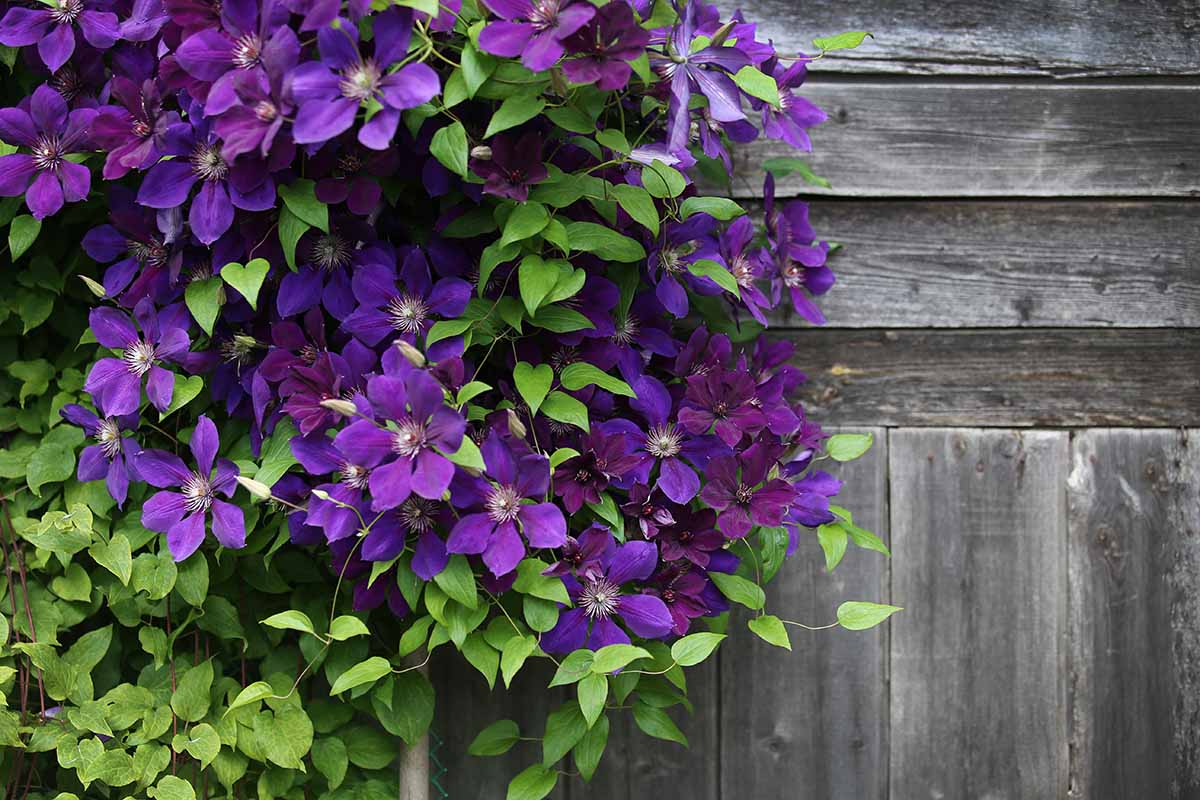
- Hydrangeas are known for their large, showy blooms. There are many varieties of hydrangeas, some of which produce purple flowers. Hydrangeas bloom in the summer and fall, and they prefer moist, well-drained soil.
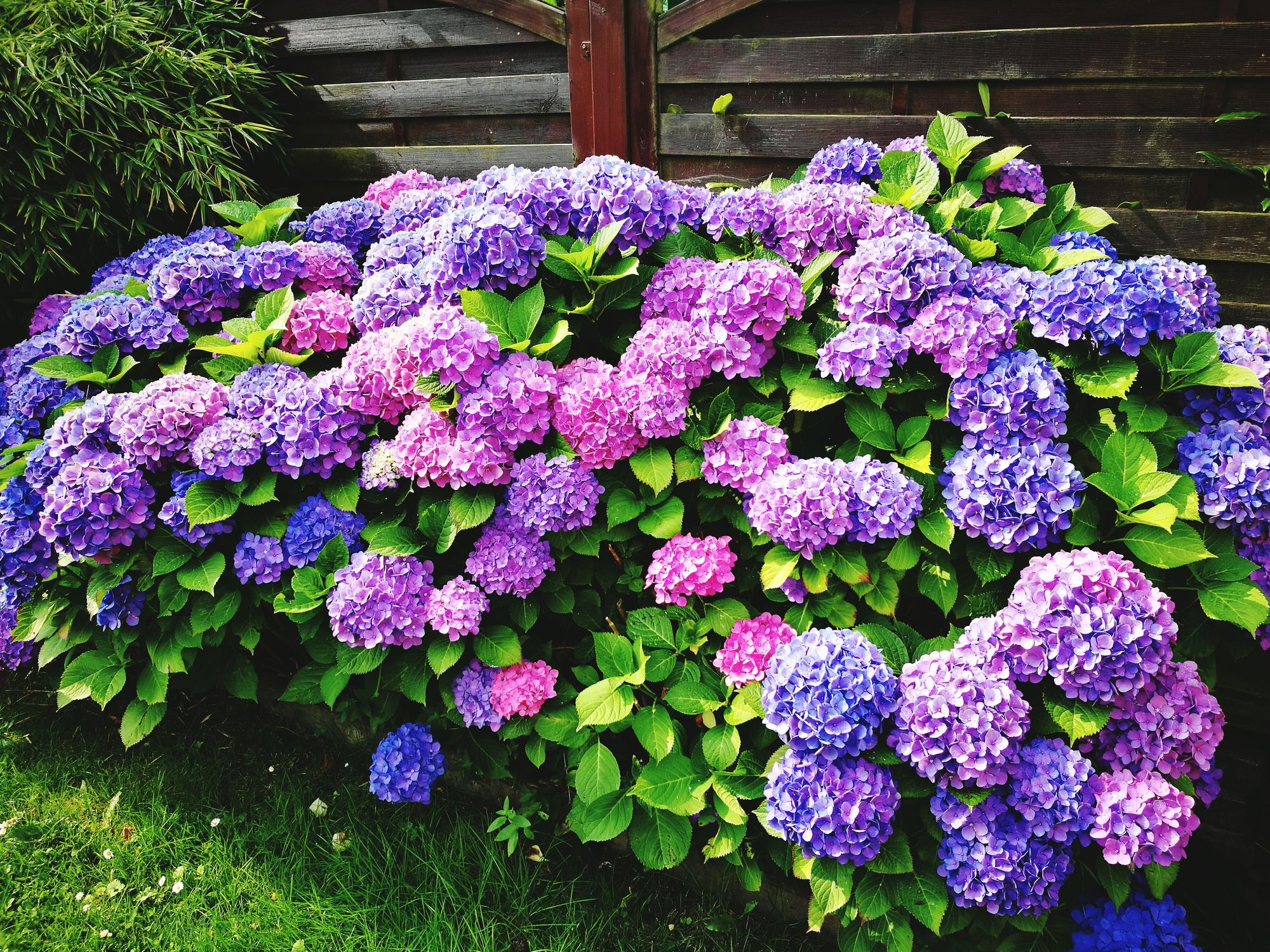
- Lavender is a classic choice for purple flower bushes. It has fragrant, silvery-purple flowers that bloom in the summer. Lavender is a low-maintenance plant that prefers full sun and well-drained soil.
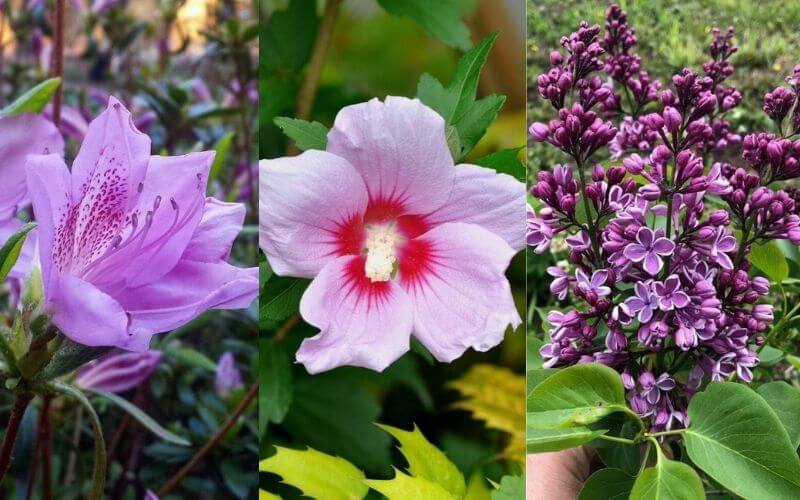
- Monkshood is a striking purple flower bush that produces tall, spiky blooms. Monkshood is poisonous, so it is important to keep it out of reach of children and pets. Monkshood prefers moist, well-drained soil and full sun.

- Purple Smokebush is a deciduous shrub that produces clusters of small, purple flowers in the summer. The leaves of purple smokebush turn a brilliant red in the fall. This plant prefers full sun and well-drained soil.
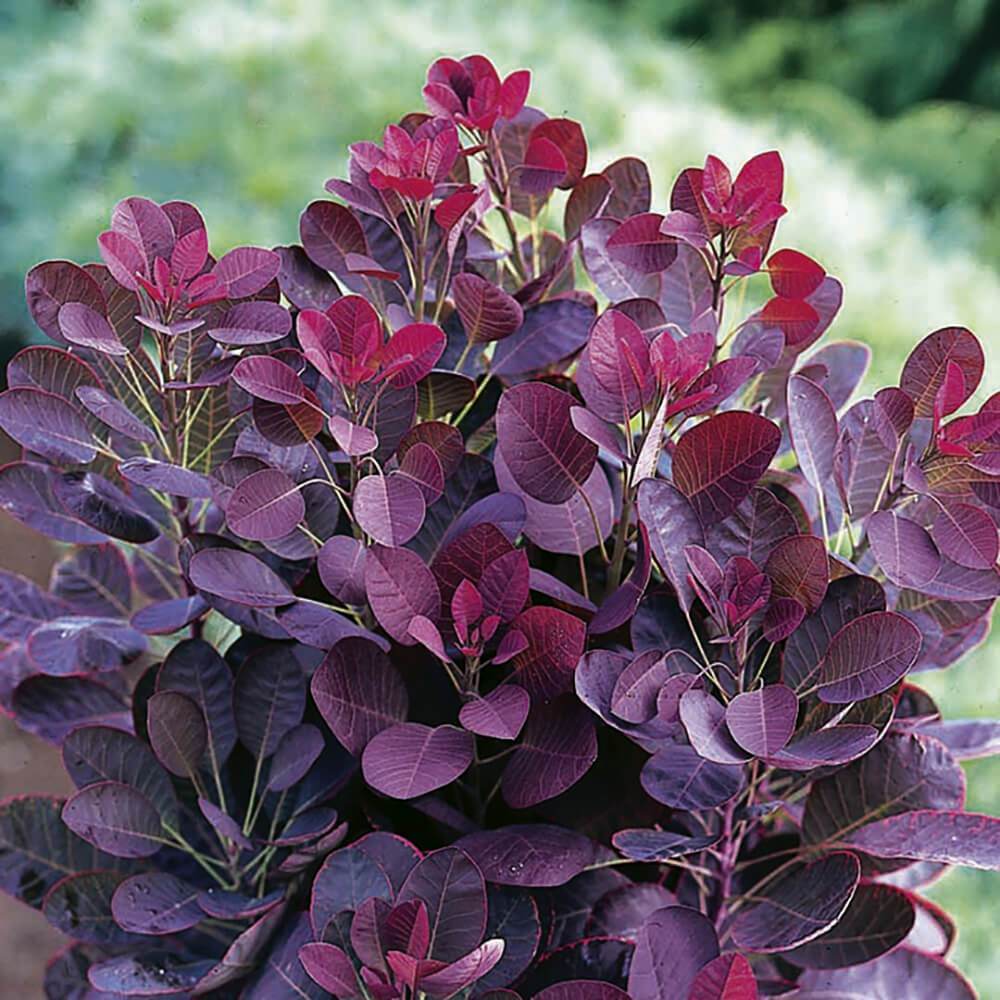
How to Care for Purple Flower Bushes
Purple flower bushes are relatively easy to care for. Most of them prefer full sun and well-drained soil. They should be watered regularly, especially during the summer months. Some purple flower bushes, such as azaleas and hydrangeas, may require fertilizing in the spring.
Here are some additional tips for caring for purple flower bushes:
- Prune your purple flower bushes in the spring to remove dead or damaged branches.
- Protect your purple flower bushes from pests and diseases.
- Deadhead your purple flower bushes regularly to encourage new blooms.
With proper care, your purple flower bushes will thrive for years to come, adding a touch of royalty to your garden.
Conclusion
Purple flower bushes are a beautiful and easy way to add a touch of elegance to your garden. There are many different varieties to choose from, so you're sure to find one that suits your taste and needs. With proper care, your purple flower bushes will thrive for years to come, providing you with years of enjoyment.
If you're looking for a beautiful and easy-to-grow purple flower bush, I recommend checking out Garden Wiki. They have a wide variety of purple flowering shrubs to choose from, including azaleas, hydrangeas, and lilacs. Their website is full of helpful information about each plant, including its size, growth rate, and preferred climate. They also have a blog with tips on how to care for purple flowering shrubs.
I visited Garden Wiki recently to learn more about purple flowering shrubs. I was impressed by the amount of information they had available. I found detailed descriptions of each plant, along with photos and planting instructions. I also liked their blog, which had helpful articles on topics such as pruning, pest control, and winter care.
If you're serious about adding a purple flowering shrub to your garden, I highly recommend visiting Garden Wiki. They have everything you need to know to choose the right plant for your needs and care for it properly.
FAQ of purple flower bush
Q1: What are some popular purple flower bushes?
A: There are many popular purple flower bushes, some of the most common include:
- Hydrangea: These shrubs can grow up to 6 feet tall and produce large, showy clusters of flowers in shades of purple, blue, pink, and white.

- Lilac: These shrubs can grow up to 20 feet tall and produce fragrant, delicate flowers in shades of purple, blue, and white.
- Crepe myrtle: These shrubs can grow up to 30 feet tall and produce large, crepe-like flowers in shades of purple, pink, red, and white.
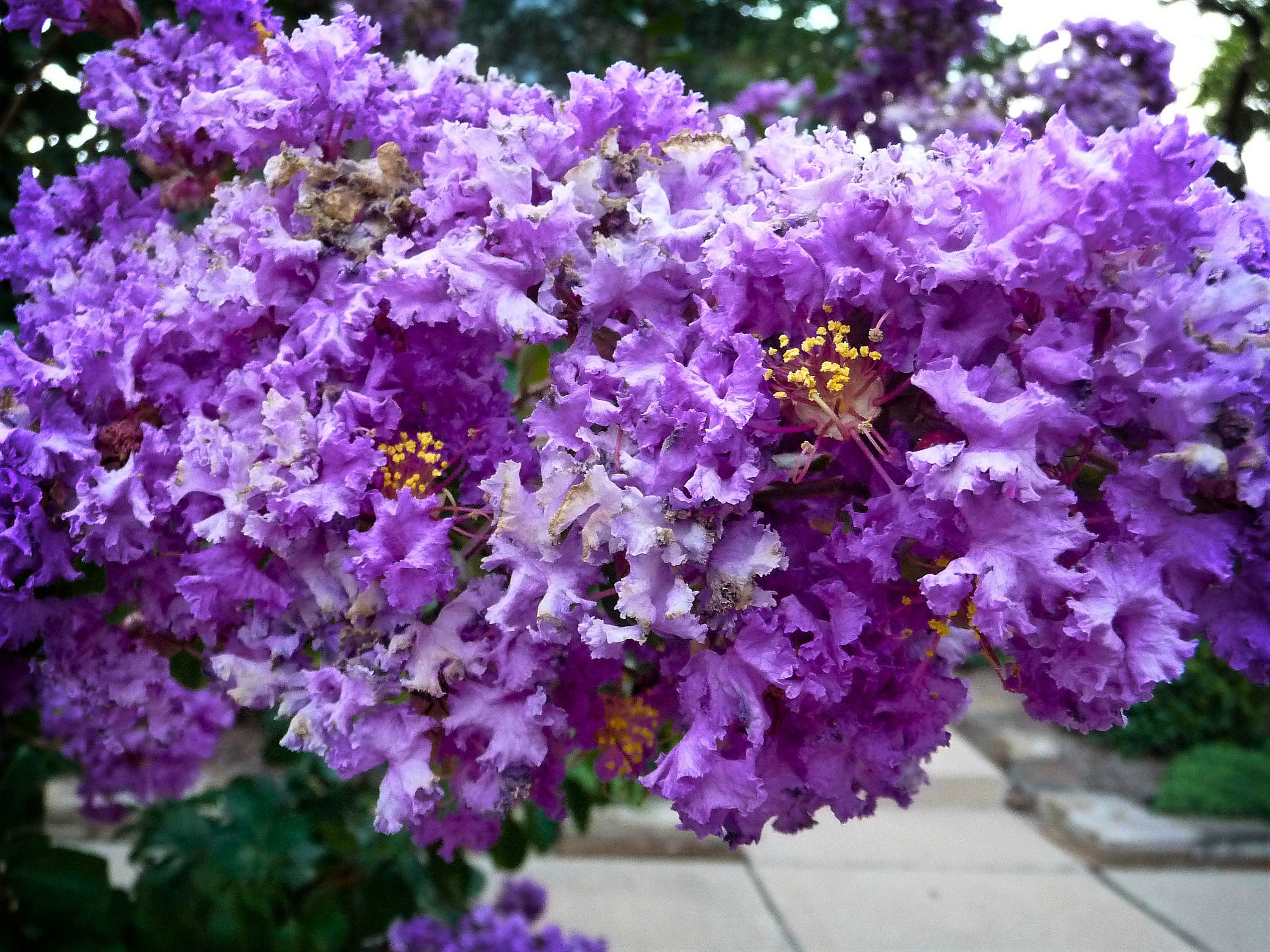
- Smokebush: These shrubs can grow up to 10 feet tall and produce clusters of small, purple flowers that resemble smoke.
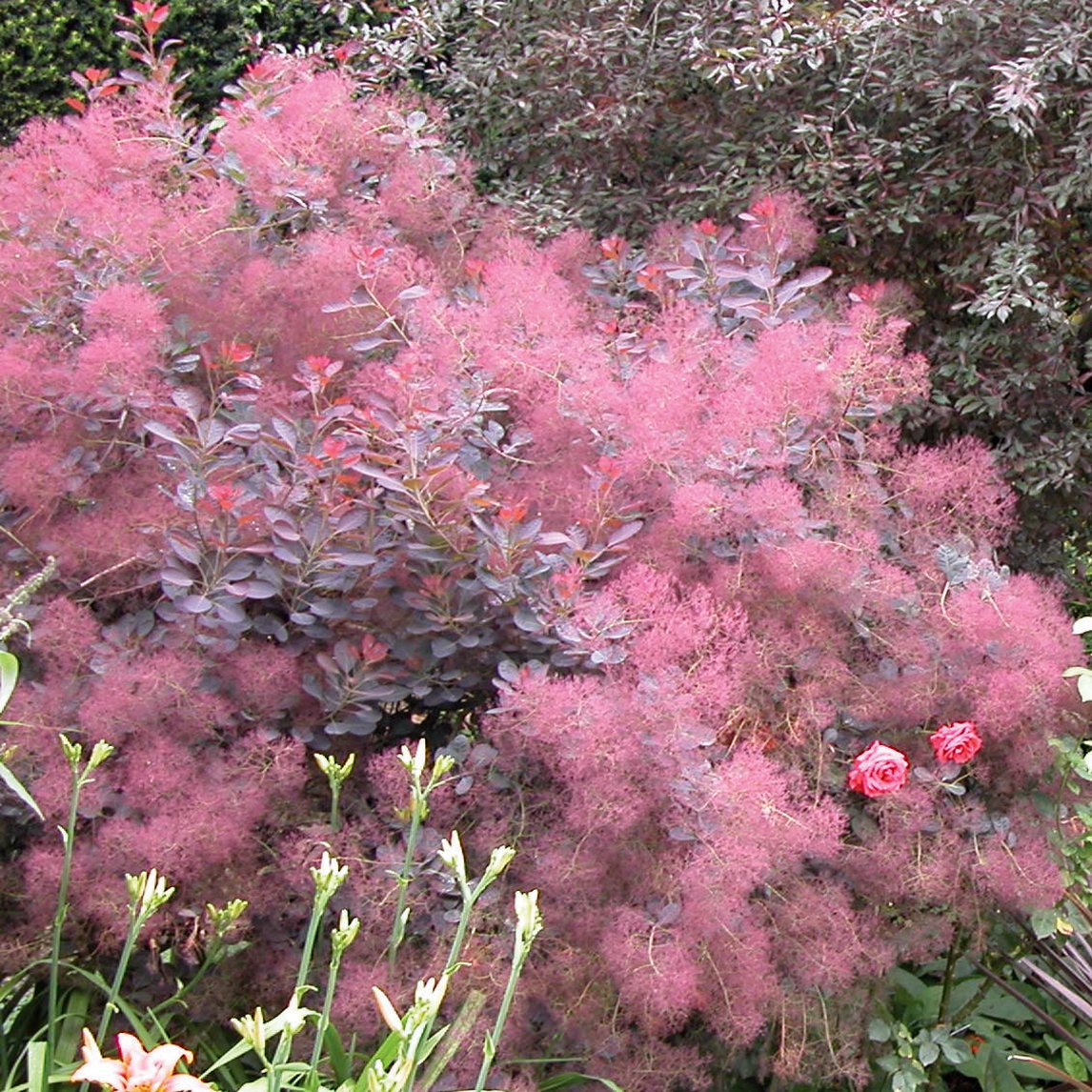
- Weigela: These shrubs can grow up to 6 feet tall and produce clusters of trumpet-shaped flowers in shades of purple, pink, and white.
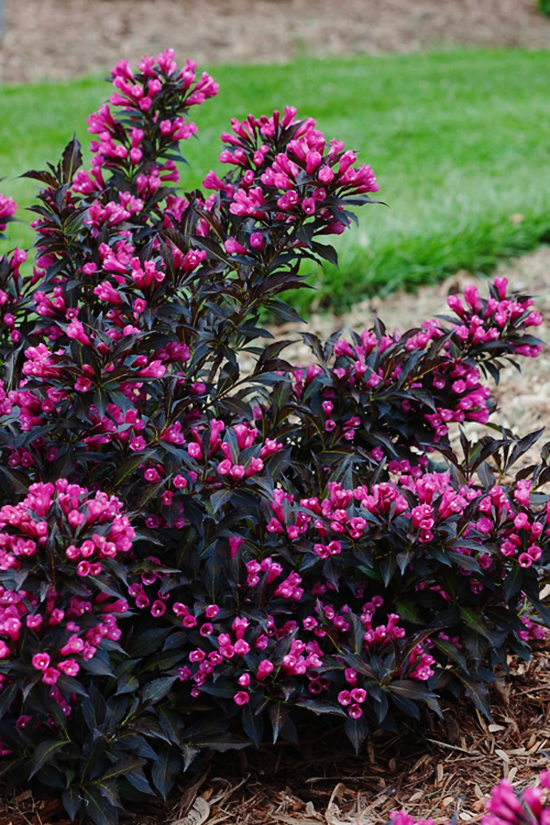
Q2: What are the best conditions for growing a purple flower bush?
A: Purple flower bushes typically prefer full sun and well-drained soil. They are relatively drought-tolerant, but they will benefit from regular watering during the summer months.
Q3: How do I care for a purple flower bush?
A: Purple flower bushes are relatively easy to care for. They should be pruned in the spring to remove dead or damaged branches and to encourage new growth. They may also need to be fertilized in the spring and fall.
Q4: How do I propagate a purple flower bush?
A: Purple flower bushes can be propagated by taking cuttings in the spring or fall. Cuttings should be taken from healthy, new growth and should be about 4 inches long. The cuttings should be dipped in rooting hormone and then planted in a well-drained potting mix. The cuttings should be kept in a warm, humid environment and should be watered regularly.
Q5: What are some common pests and diseases that affect purple flower bushes?
A: Purple flower bushes are susceptible to a few pests and diseases, including:
- Aphids: These small, sap-sucking insects can cause leaves to wilt and curl. They can be controlled with insecticidal soap or neem oil.
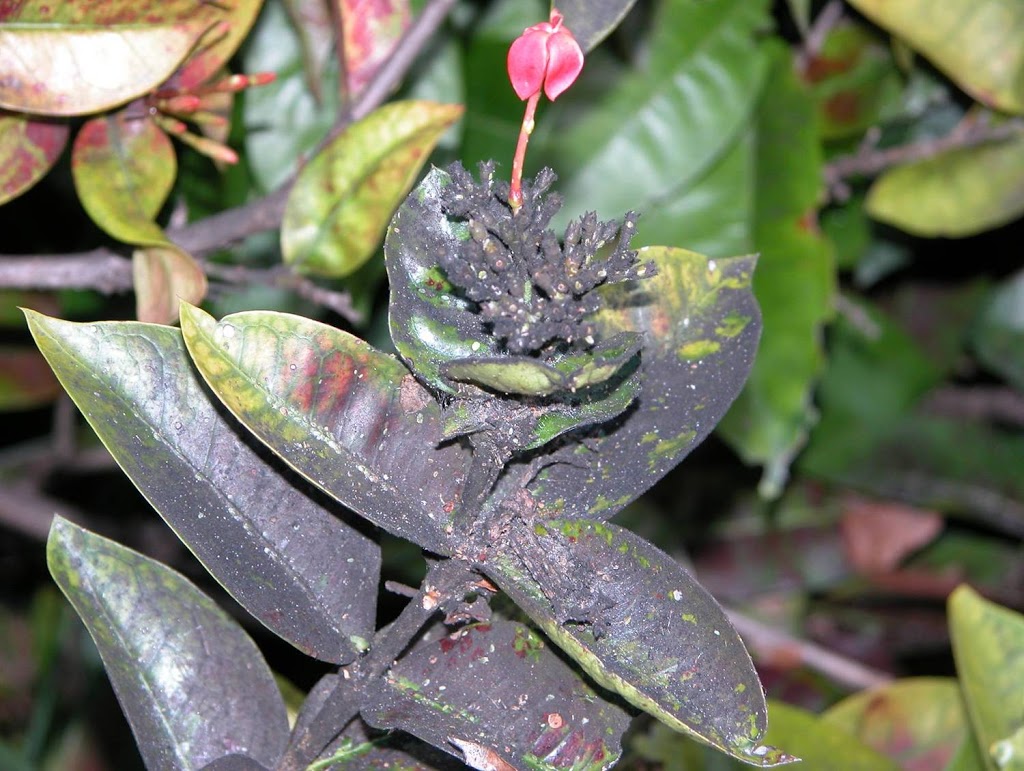
- Scale insects: These small, armored insects can also suck sap from leaves, causing them to yellow and drop. They can be controlled with horticultural oil or insecticidal soap.
- Powdery mildew: This fungal disease causes a white, powdery growth on leaves. It can be prevented by watering in the morning so that leaves have a chance to dry before nightfall. It can be treated with a fungicide.

- Rust: This fungal disease causes orange or brown spots on leaves. It can be prevented by planting in well-drained soil and avoiding overhead watering. It can be treated with a fungicide.
Image of purple flower bush
5 different images of "purple flower bush" from Pinterest:
- Hydrangea is a popular choice for purple flower bushes. It blooms in large, showy clusters of flowers that can range in color from light lavender to deep purple.

- Clematis is another popular choice for purple flower bushes. It produces cascading clusters of flowers that can bloom in a variety of colors, including purple, blue, and white.

- Buddleia is known as the "butterfly bush" because it attracts butterflies with its sweet nectar. It blooms in large, showy clusters of purple flowers in the summer.
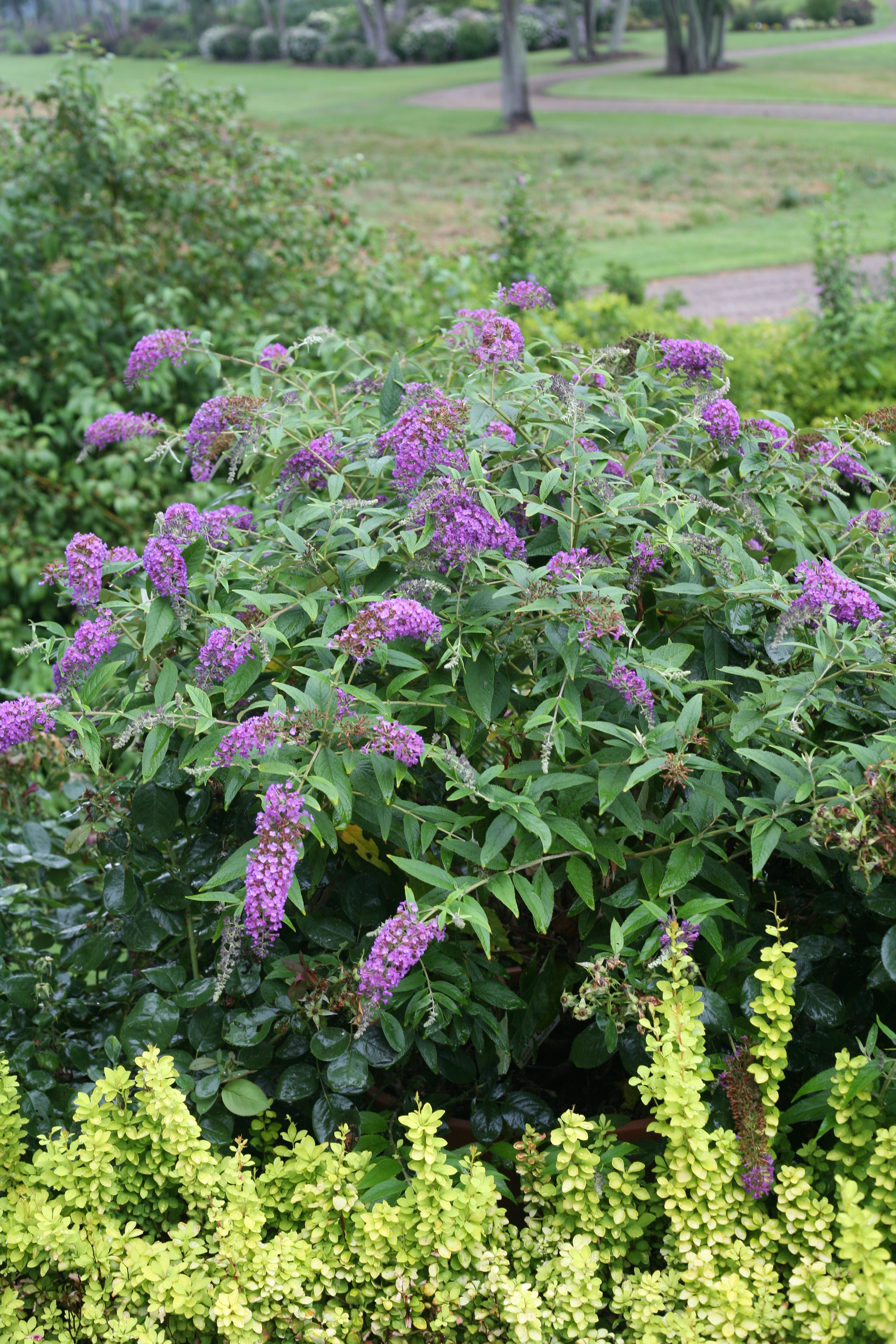
- Lilac is a classic flowering shrub that produces fragrant purple flowers in the spring. It can grow up to 15 feet tall and wide.
- Wisteria is a vining plant that produces long, cascading clusters of purple flowers. It can grow up to 60 feet long and can be trained to climb a trellis or wall.
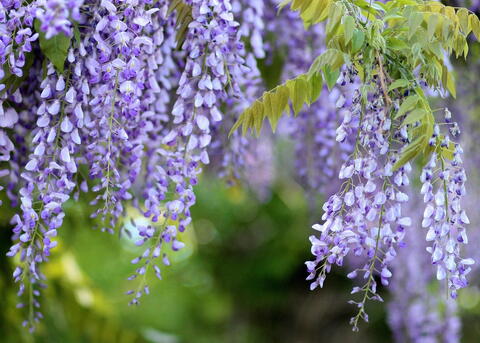
Post a Comment for " Purple Flower Bushes That Will Add A Touch Of Royalty To Your Garden"